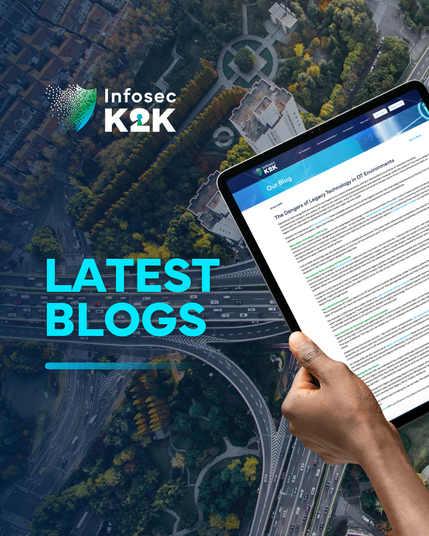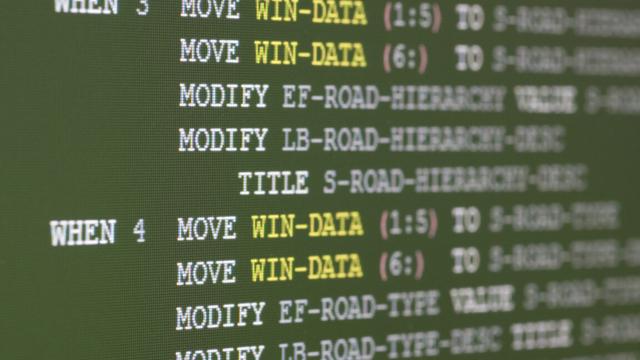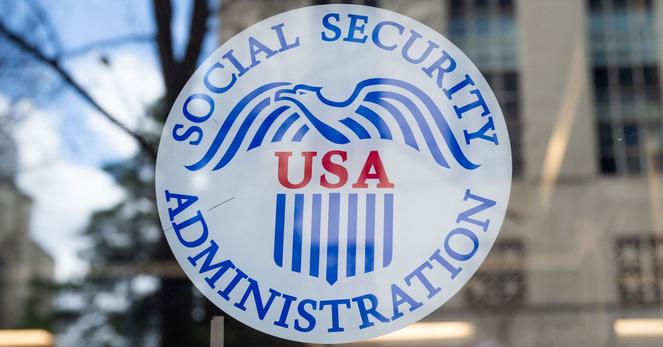The Quiet Crisis in Legacy System Modernization
Government agencies have started experimenting with AI—particularly large language models (LLMs)—to accelerate the long-standing problem of modernizing legacy systems. A recent MITRE analysis, Legacy IT Modernization with AI, shows early promise. LLMs can be used to extract logic from old codebases and generate “intermediate representations” that help teams refactor or rewrite aging systems. It’s not a perfect solution, and it still requires human oversight, but it’s a serious step forward.
So far, the conversation on AI-assisted legacy modernization has centered on large, mission-critical federal systems—mainframe applications that support tax processing, logistics, or entitlement programs. But this focus overlooks a vast and growing problem: the thousands of small, back-office systems that keep state and local governments running. These applications don’t often make headlines, but they quietly power licensing, payroll, casework, and many other daily operations.
Many of these systems are written in obscure, decades-old languages (think MS Access). Documentation is sparse or nonexistent. The people who built and maintained them are retiring. And the government’s ability to recruit and retain technical staff has not kept pace with demand. What’s more, the sheer number of these systems—and the institutional knowledge they depend on—makes traditional modernization approaches slow and expensive.
The MITRE report provides a useful proof point: AI can help accelerate modernization. But that benefit needs to reach beyond a few flagship systems. If modernization efforts stay focused only at the federal level or only on the biggest programs, governments at every level will be stuck maintaining outdated software with dwindling staff and rising risk.
To meet this challenge, governments needs a broader approach. That means funding, staffing, and supporting modernization efforts that include every level of government—not just those at the federal level. It means experimenting with AI-assisted refactoring tools on a wider range of systems. And it means ensuring that institutional knowledge doesn’t retire out of reach before the code is made maintainable again.
AI won’t solve legacy modernization on its own. But it’s the first tool in a long time that changes the speed and scale of what’s possible. We should use it—everywhere we can.
#AI #ChatGPT #governmentServices #legacySystems #systemModernization









